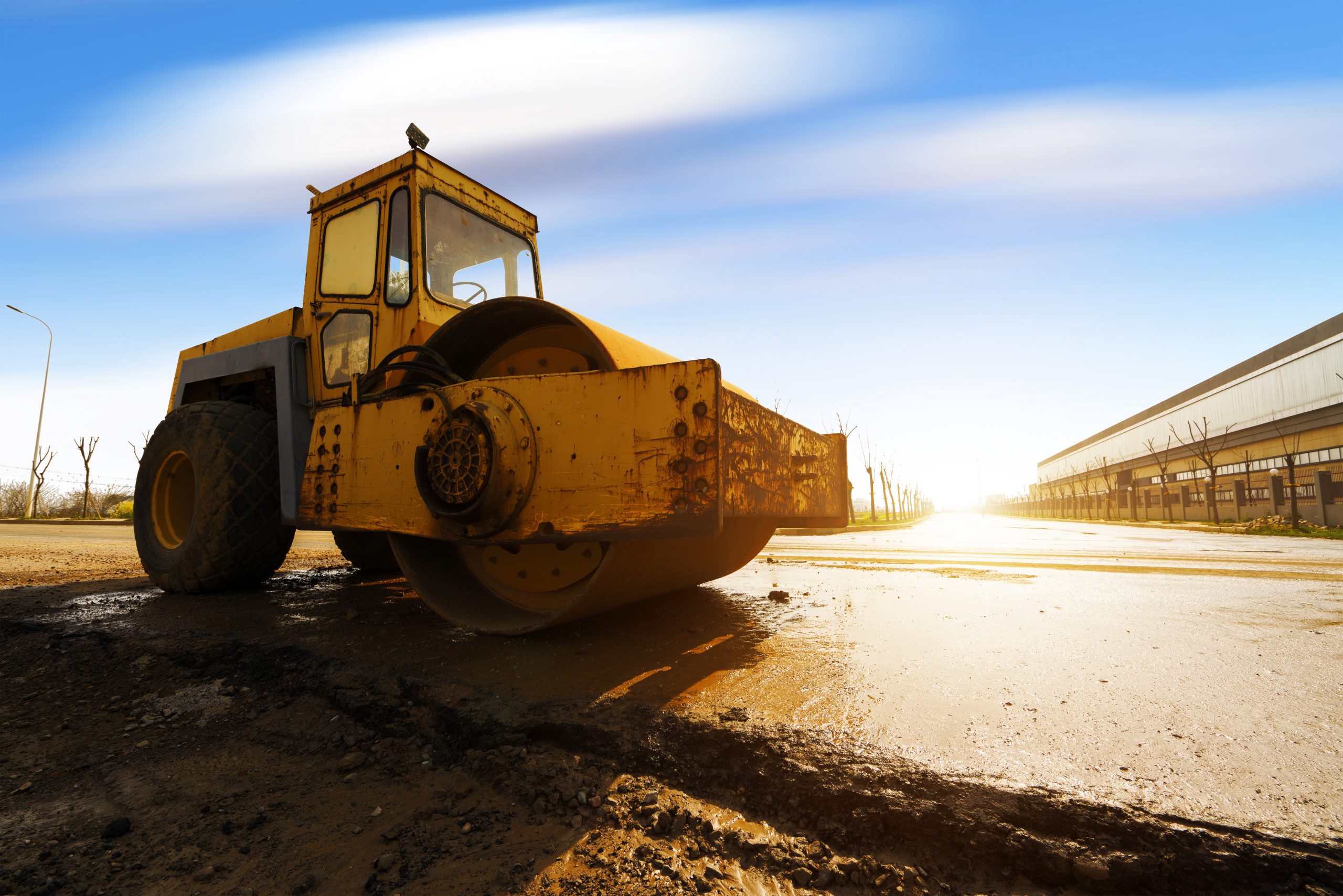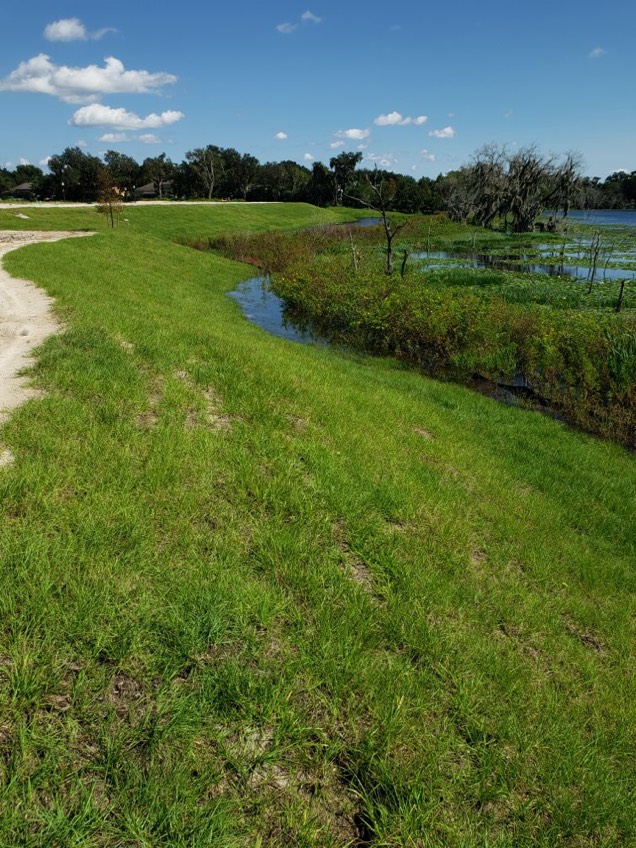
In the construction business these words, both permeable and impermeable, are often used. Today’s urban sprawl is creating millions of acres of impervious or impermeable landscapes.
In the stormwater management business, permeable surfaces help reduce the volume of stormwater runoff that minimizes dramatic flooding and excessive erosion and subsequently waterway contamination and sediment pollution.
While we are seeing our landscape turn into parking lots and construction buildings, we are also seeing a dramatic increase in our expectation to effectively manage stormwater runoff. Stormwater regulation is becoming more important today due to the rapid increase of impervious surfaces being developed today.
Once there was a day that stormwater gradually dissipated into the ground and was allowed to be calmly filtered by mother nature. I am sure we all remember learning about Hydrology in elementary school. As a refresher, it is the movement of water. The hydrologic cycle is when rain or snow from clouds falls to the ground, and permeates into the ground, then absorbed by vegetation and is returned to the atmosphere through transpiration, or evaporation. Impervious surfaces can be concrete, asphalt, and roofs. The challenge is that water runs off all of them and creates a host of problems.

When stormwater must travel across impermeable surfaces, it picks up many pollutants like chemicals, oils, harmful nutrients, and sediment that can harm our waterbodies. Site developers and contractors are certainly conscientious to the need for an effective stormwater management plan. There are several things a construction site can do to help reduce contamination and assist with stormwater management.
- Construct and maintain structural Best Management Practices (BMPs) to capture and treat the stormwater runoff before and during construction.
- Design drainage systems or other physical structures such as detention and infiltration basins.

- Grass or vegetation areas can be preserved during and after construction.
- Incorporate green infrastructure plans into the final landscape development.
Every new development should define a good stormwater management team and integrate a stormwater management process at the beginning of a project. We have found this is a cost-effective approach to reduce and prevent potential pollution and contaminants leaving the construction site.
KCI can help you with your stormwater management efforts and incorporate the right BMP structural needs into your site design. Call us today, at 888-346-7779.



